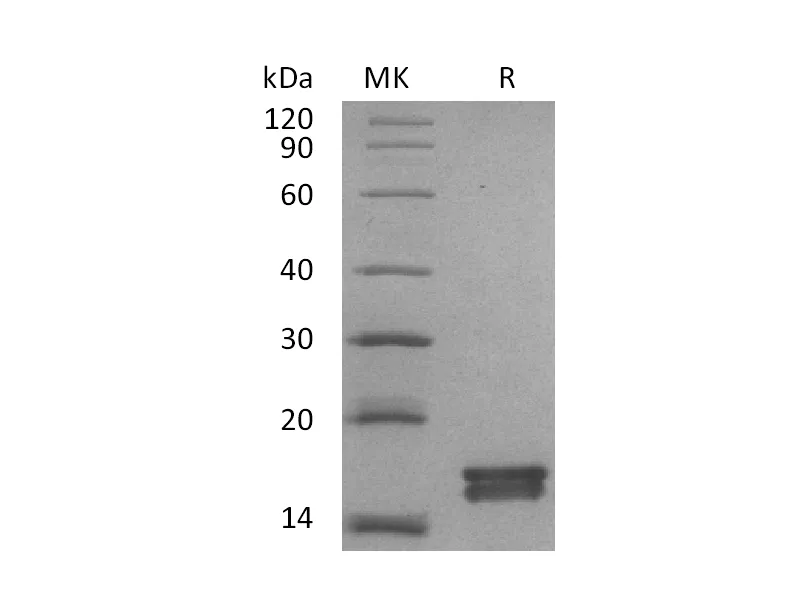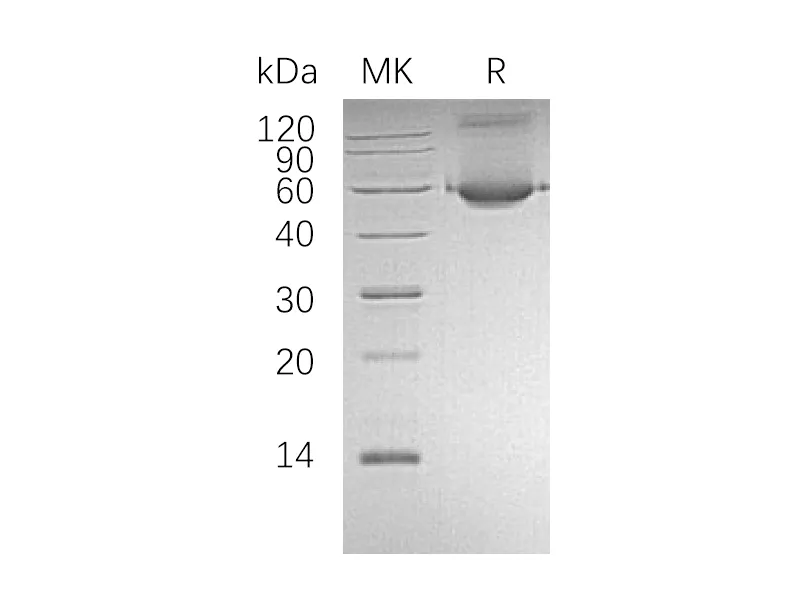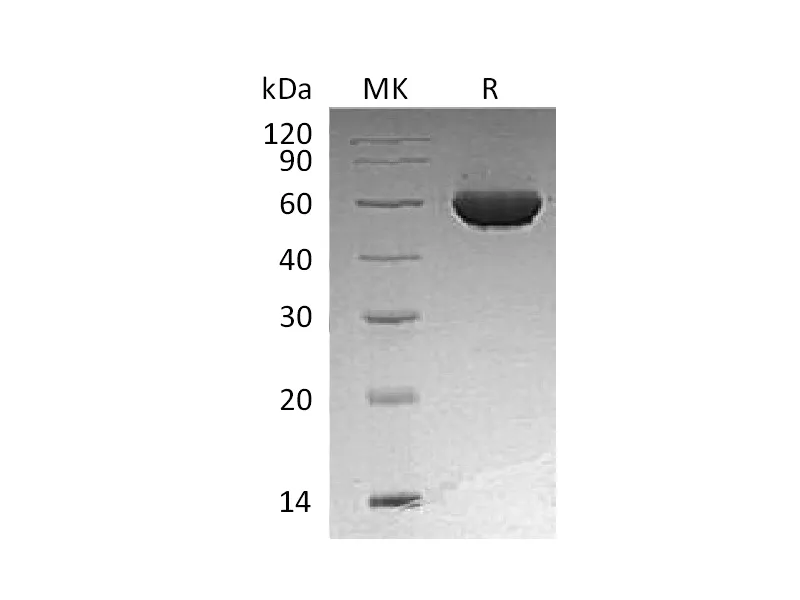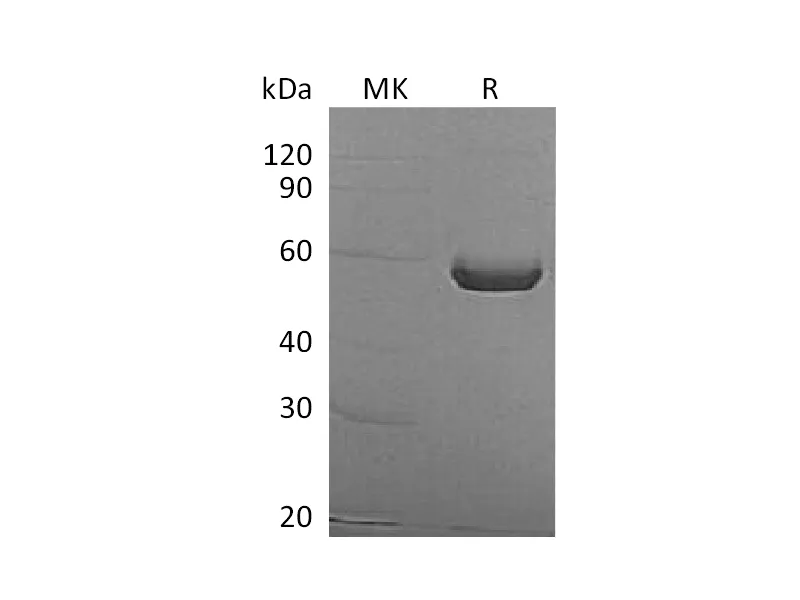Alternative Names
Angiopoietin-related Protein 3; Angiopoietin-like protein 3; Angptl3
Background
Angiopoietin-like Protein 3 (ANGPTL3) is a secreted glycoprotein that is structurally related to the angiopoietins. Mature mouse ANGPTL3 contains an N-terminal coiled coil domain and a C-terminal fibrinogen-like domain. ANGPTL3 is expressed in the liver from early in development through adulthood. ANGPTL3 directly inhibits lipoprotein lipase (LPL) and endothelial lipase (EL), enzymes responsible for hydrolyzing circulating triglycerides and HDL phospholipids. This activity requires a putative heparin-binding motif which is N-terminal to the coiled coil domain. Proteolytic removal of the fibrinogen-like domain from the N-terminal fragment serves to activate ANGPTL3 and increase its ability to inhibit LPL in vitro and function in vivo. ANGPTL3 promotes an increase in circulating triglyceride levels without altering VLDL or HDL secretion or uptake. ANGPTL3 expression in vivo is up-regulated by LXR agonists and down-regulated by insulin, leptin, and agonists of TRβ or PPARβ. ANGPTL3, secreted by fetal liver cells, also promotes the expansion of hematopoietic stem cells.
Note
For Research Use Only , Not for Diagnostic Use.




